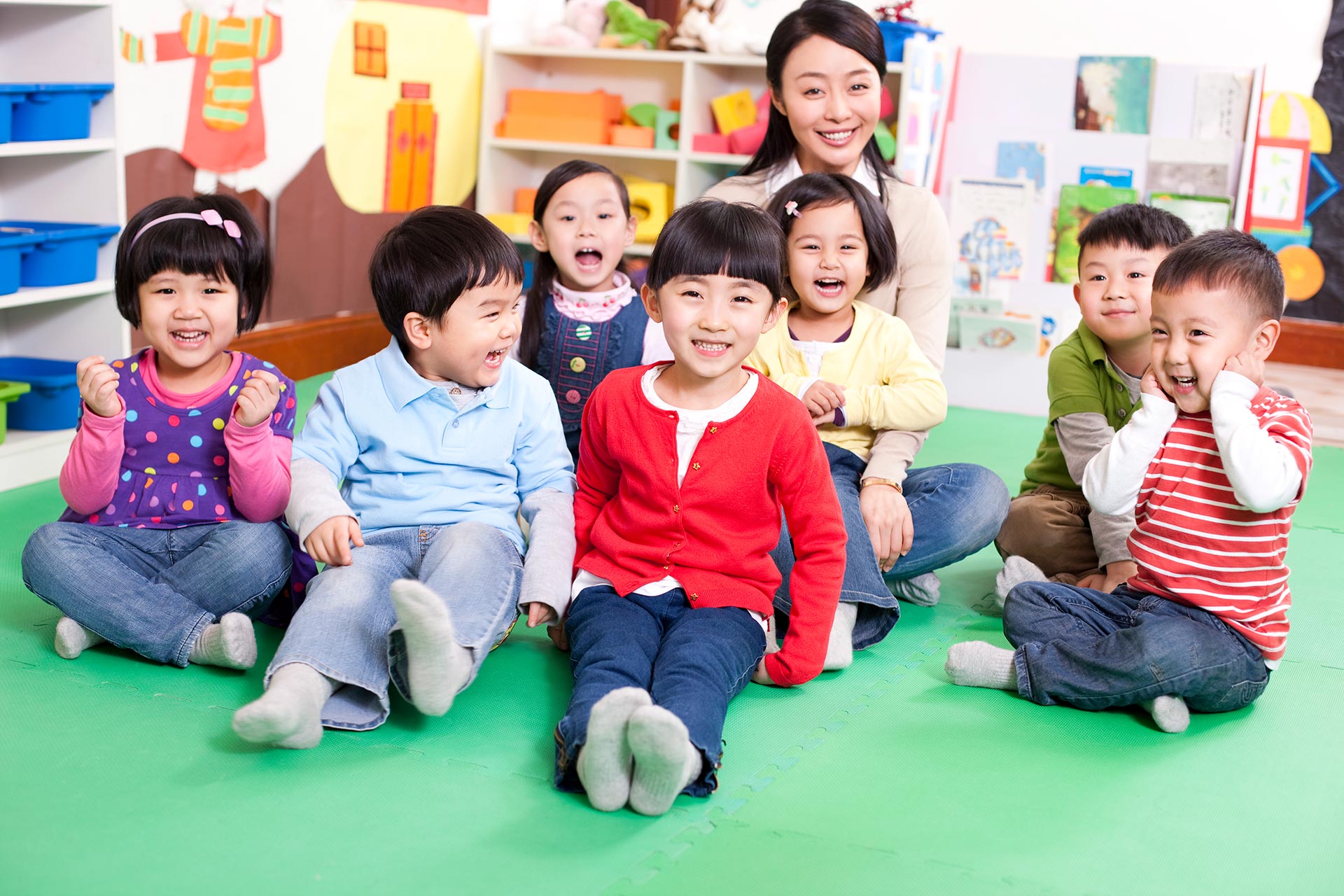
When choosing a preschool for young children, parents are often faced with the decision between a traditional preschool and a contemporary preschool. Both models of early childhood education have their strengths and unique approaches, and understanding these can help make an informed choice. Pink Tower Childcare Centre, with its array of programs catering to infants, toddlers, preschoolers, and after-school care, embodies aspects of both educational philosophies while aiming for a holistic approach to child development.
A significant distinction between traditional and contemporary preschools lies in their curriculum. In a traditional preschool, the curriculum is structured and academic-focused. It typically follows a set schedule that emphasizes core subjects such as reading, writing, and arithmetic. These programs are often designed to prepare children for the academic rigors of primary school, utilizing standardized assessments and fixed lessons. Memorization, repetition, and teacher-led instruction are common methods for ensuring knowledge acquisition.
Conversely, contemporary preschools adopt a more flexible curriculum that emphasizes experiential learning and developmentally appropriate practices. The curriculum may integrate various subjects through thematic units or project-based learning. This approach is often child-centered, allowing students to explore their interests and engage in activities that promote creative problem-solving and critical thinking. Project-based and inquiry-driven lessons encourage children to learn at their own pace while fostering a natural curiosity for the world around them.
At Pink Tower Childcare Centre, our programs aim to merge the best of both worlds. While there is structure to ensure children meet developmental milestones, we incorporate project-based learning to stimulate creativity and social-emotional growth.
The teaching methods in traditional and contemporary preschools further illustrates their differences. Traditional preschools typically employ teacher-centered methodologies, where educators are the primary source of knowledge. Direct instruction and rote learning are common, with teachers guiding children through planned lessons that focus on academic achievement. This method can be effective for instilling discipline and foundational skills in a systematic manner.
In contrast, contemporary preschools focus on child-centered learning. Teachers act as facilitators who guide and support rather than instruct. Collaborative projects, hands-on activities, and guided discovery are hallmarks of this approach. Students are encouraged to participate actively, ask questions, and develop their understanding through exploration and teamwork. This method supports not just cognitive development but also social skills and emotional intelligence.
Pink Tower Childcare Centre’s teaching philosophy embraces a balance of direct guidance and interactive learning. Our educators are trained to identify when structured instruction is necessary and when a more exploratory, project-based approach is beneficial.
The physical setup of a classroom plays an essential role in a child’s learning experience. Traditional preschools often have a more rigid classroom design, with desks or tables arranged in rows and a clear focus on the teacher’s position at the front. This setup supports a disciplined and organized environment conducive to direct instruction.
Contemporary preschool classrooms, on the other hand, are designed with flexibility in mind. These spaces often feature open layouts, learning stations, and areas for group activities. Bright colours, interactive displays, and accessible materials create a welcoming atmosphere that encourages children to move freely and engage with various educational tools. The classroom itself becomes part of the learning process, fostering creativity and independence.
At Pink Tower Childcare Centre, we have adopted elements of contemporary classroom design, such as flexible seating arrangements and dedicated learning stations. These features help create a nurturing environment where children can explore and learn collaboratively.
The learning environment reflects the overall atmosphere and approach of the preschool. Traditional preschools often maintain a more formal and structured environment that emphasizes discipline, routine, and academic rigor. This type of setting can help children develop a sense of order and responsibility but may sometimes limit spontaneous learning opportunities.
Conversely, contemporary preschools create a more relaxed and inclusive environment. These settings are designed to stimulate a child’s natural curiosity and foster social interactions. The emphasis is on creating a warm, interactive space where children feel safe to express themselves and take intellectual risks. Such environments promote not just cognitive growth but also social and emotional development.
Pink Tower Childcare Centre strives to maintain an inviting and stimulating learning environment. Our classrooms are filled with age-appropriate, hands-on materials that encourage exploration and creativity. We blend structure with flexibility to provide the best educational experience possible for children of all ages.
